How to Increase the Sales of Your Online Store by implementing Omnichannel Marketing
Omnichannel marketing (also called cross-channel marketing) is focused on delivering a consistent, branded customized customers with a consistent experience across different channels, such as the store experience for customers with brick-and-mortar stores.
With an omnichannel marketing strategy, your business can put ads before people who are interested in merchandise that is relevant to their preferences and purchasing history and reduce business-to-business selling processes. Matching potential customers with the right products and offers makes conversions more likely and improves the effectiveness of the advertising budget.
What is the difference between omnichannel marketing from multichannel marketing?
It's likely that you're using a variety of channels to promote your business. If you're still dependent on only one channel for your campaigns, your first task is to start using more channels.
Multichannel marketing differs from an omnichannel model by the way that your channels integrate and cooperate to create the same seamless and consistent experience, no matter where someone is in the journey of a customer.
With multichannel marketing, each channel might be working independently of the others. It is possible to have a separate marketing department for each channel and calculate the ROIs of each separately. Campaigns may be more disconnected ones, with each one having its distinct customer experience. Customers can interact with all of these channels and be treated as if it was the first time that they've ever interacted with your company.
However, omnichannel marketing refers to the integration and blending of marketing strategies on various channels to provide an improved customer experience.
If you have a well-designed omnichannel strategy one can expect that a client who starts their buyer's journey through an PPC advertisement, but fails to make a purchase after visiting your store online, will be engaged by other channels depending the initial interaction, and they will experience an experience that is consistent.

It could be that they see display or social media ads that are relevant to a first-time buyer, push messages when they visit your site, targeted videos, or even in-store offers that appeal to them.
We've all seen instances of marketing that was omnichannel in the form of.
When you click an advertisement on social media to sign-up to receive a coupon from the site of the retailer through an ad. If you do not buy the item, you may receive an abandoned cart message that includes a coupon or discount, or see display ads for the product on other digital channels.
If you decide to buy something, you'll probably get an email containing suggestions for other products that are similar and receive the latest sales announcements. It's possible to receive an invitation with a message inviting you to make an in-store purchase, if the shop has brick and mortar outlets.
That is an omnichannel experience. It could involve a mix of offline and online marketing, and it involves multiple touchpoints.
Do you think it's too complicated? The good news is that you don't have to shell out a large sum of budget or hire a large team to develop a slim but effective multichannel marketing plan to promote your shop.
Benefits of omnichannel marketing to both clients and companies
A multichannel marketing strategy has many advantages over multichannel marketingto your business as well as for your customers. The most significant advantages are:
It's more cost efficient
Business owners will benefit from Omnichannel marketing can save money since it's more efficient. Instead of putting together separate campaigns for social media, direct mail, and PPC, you could create just one and use it on all your online and offline channels.
But more than just another advertising campaign, you'll also be using automated marketing that responds in response to the way that current and prospective customers respond to your marketing.
Instead of having to keep developing new marketing campaigns An omnichannel strategy seeks for a range of offers based on the situation.
Imagine two potential customers who see the same display ad. One of them purchases, your marketing automation then sends them a first-time buyer special deal, with the intention of becoming a regular buyer.
The other person doesn't buy however their behaviour suggests they're showing a lot of attention. They receive marketing messages that are designed to make them return and complete purchase.
It's easy to set up such omnichannel marketing tools once after which your automation system will use these tools depending on the place a user is at in their buyer journey. It's a bit of work to set up, but once it's running using an omnichannel plan, it's an enormous time saver.
It results in better customer experience
If a client feels like they are known, and not like a stranger, your marketing automation tools will be able to identify the place they are on the buying process. An omnichannel experience is more timely and relevant and aligns with customer expectations.
This helps the client save time, allows them to make quicker decisions and also reduces the amount of confusion.
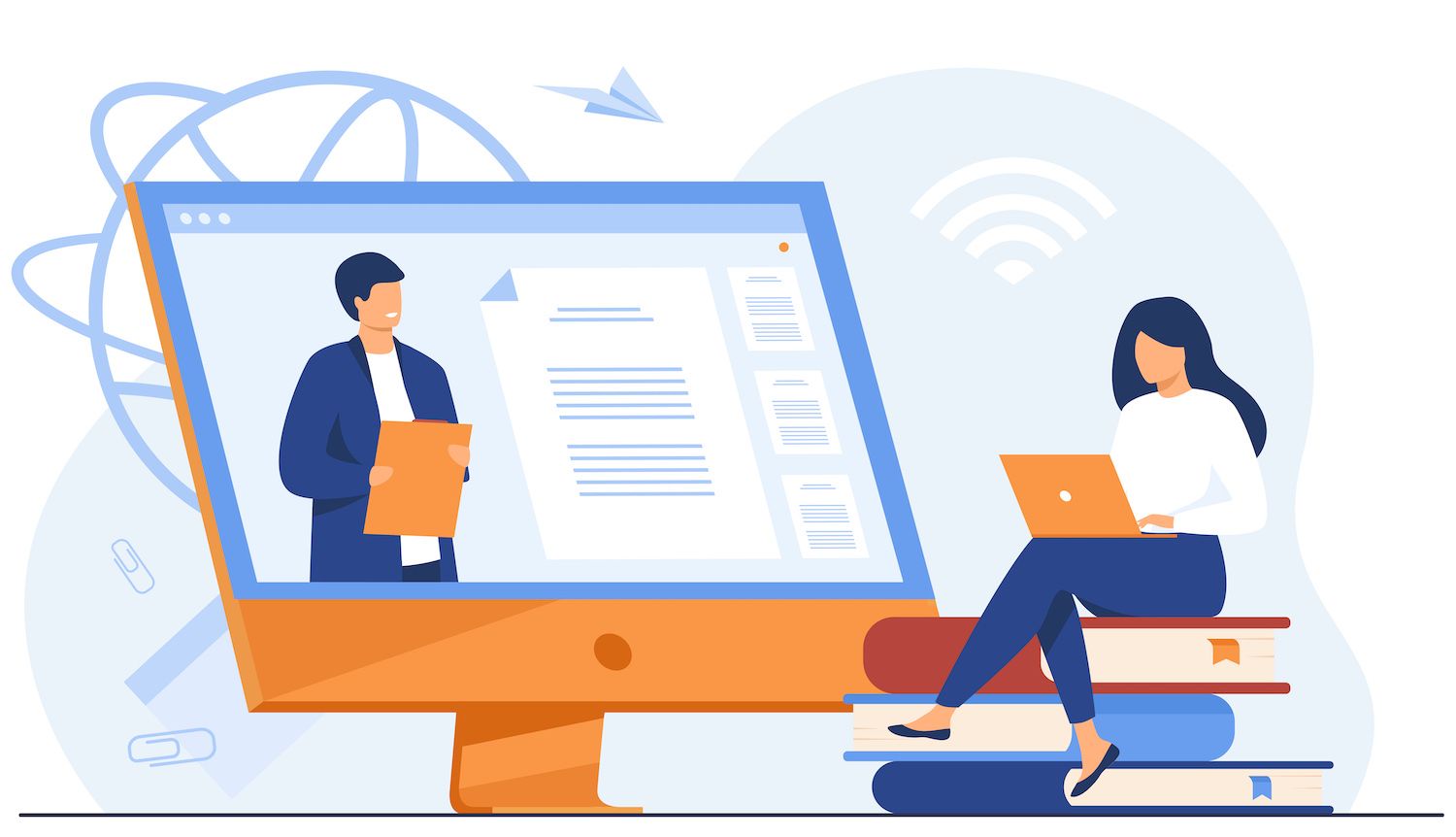
This helps you to provide more efficient customer service.
For customers who require help, an omnichannel approach enables your customer service team to know more about every person, so that they do not have to speak to them like everyone else. They will be able to reach speed quicker, without wasting so much time starting with a blank slate, and engage in a an intelligent and relevant conversations.
How to create your omnichannel marketing strategy
This is a step-bystep guide to developing an omnichannel strategy for marketing which won't cost you a dime.
Connect one channel at the time
There's no way of with everything at the same time, and thankfully it's not necessary to. Omnichannel marketing aims to reach your customers by delivering a consistent message to several places.
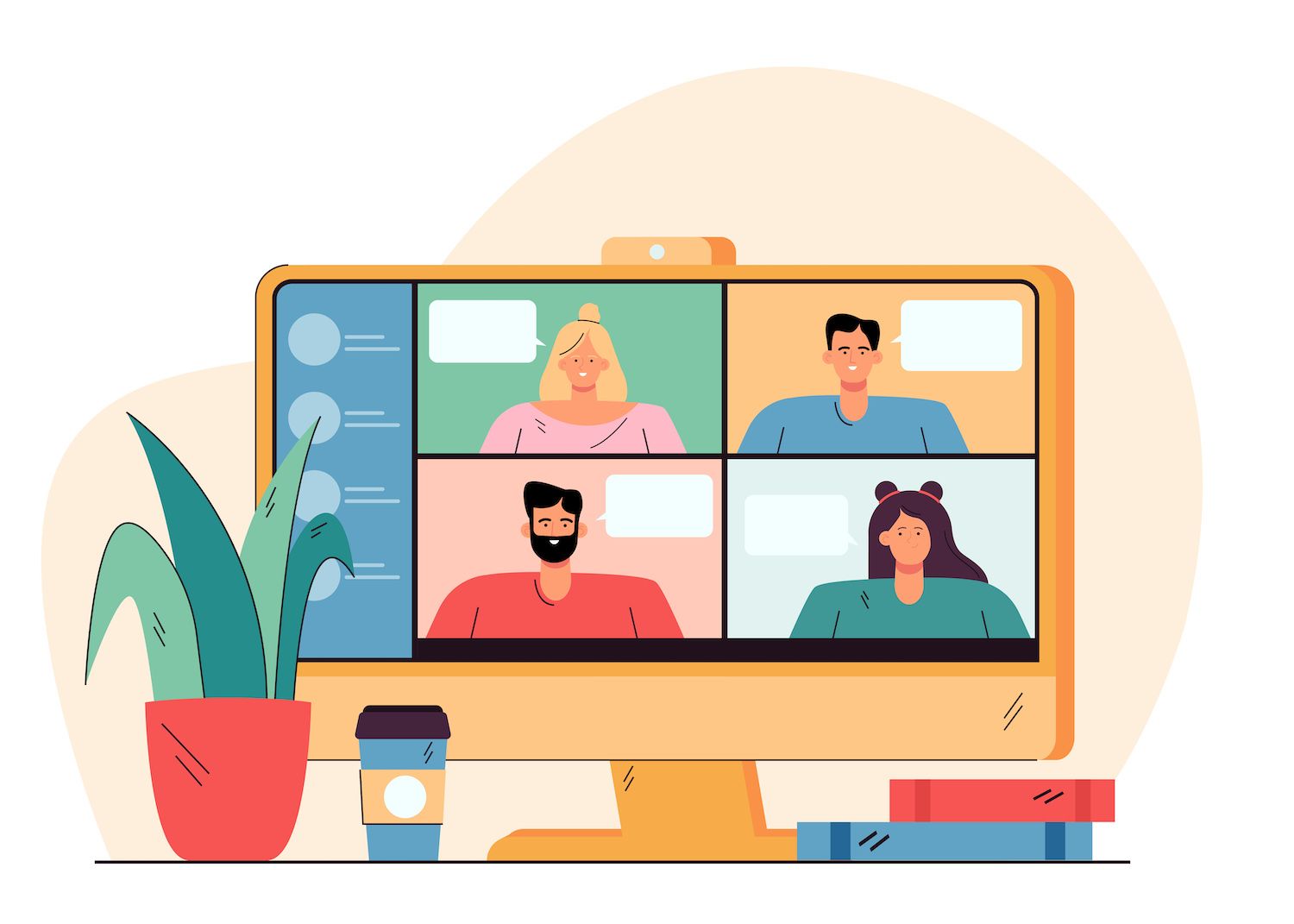
Begin with your most dominant channel, and then identify the primary channel you wish to connect with. When you begin adding more channels, you should acquire the necessary software for automation of marketing that will help you and your CRM software (CRM) software communicate with all your offline and online channels, including a brick and mortar store.
Target your marketing messages
The ability to target your advertising at the segments that are likely to purchase your product is a crucial aspect of developing a good omnichannel marketing strategy.
Prioritize marketing throughout the customer journey
The journey of a customer begins when someone first discovers the business, and culminates in lifetime loyalty. Here are the five phases of the life cycle of a customer and the most popular ways to reach customers at every stage using multichannel marketing strategies.
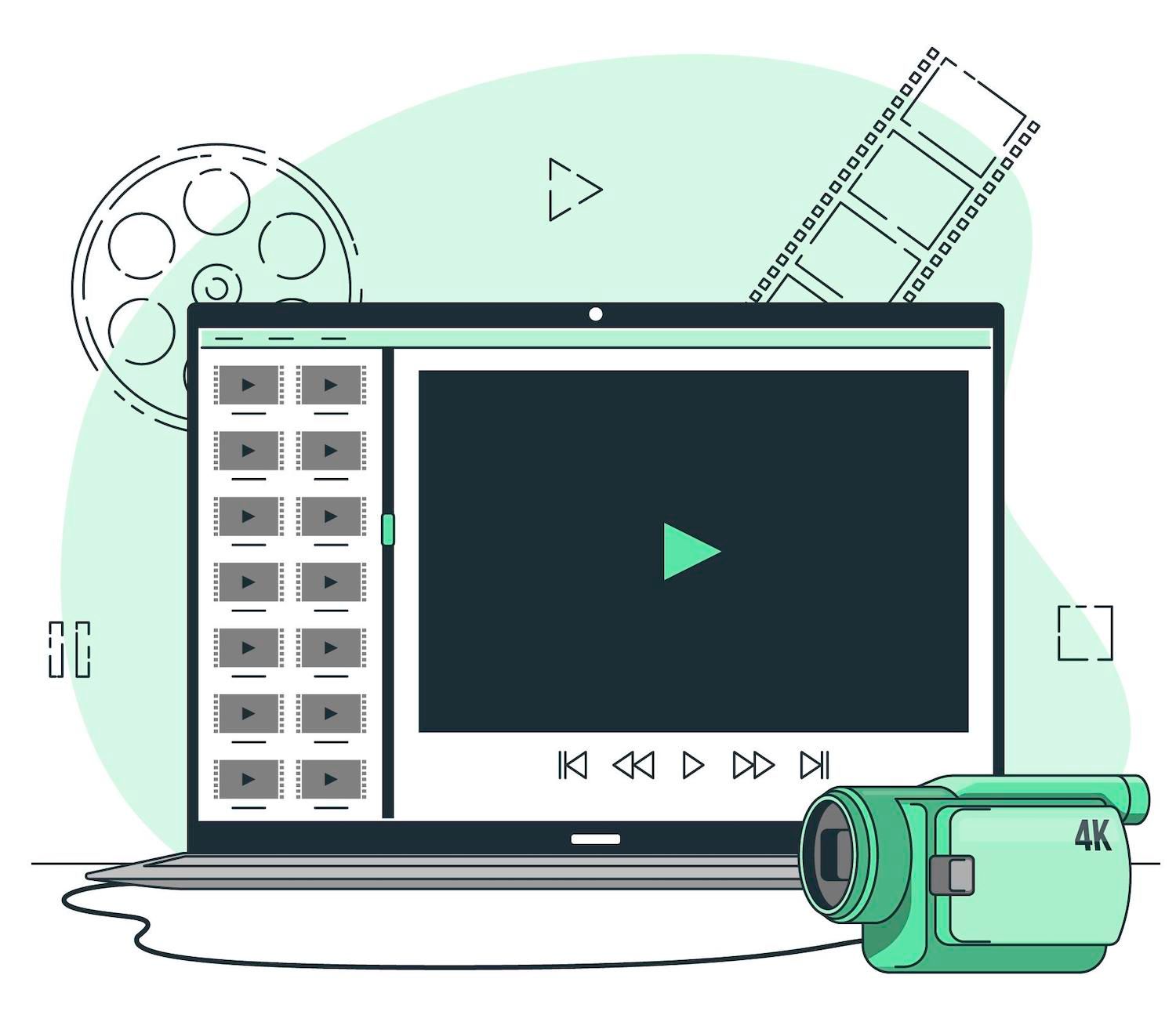
1. Reach
Here, a shopper is looking for a specific product or a solution to a problem. This is the perfect opportunity for you to make this shopper aware of your company. Customers may be trying to compare items, going through reviews or simply looking for more information about whether a product is the right fit for the person they are shopping for.
2. Acquisition
The acquisition happens when a person goes to your site, signs to receive your newsletter, chats with your chatbot, reaches the company via telephone or email or even visits a brick and mortar store. The customer hasn't purchased at this point, but they are looking the business's website and collecting more details.
During the acquisition phase, you have the chance to keep collecting data from customers in order to start providing an omnichannel service to every segment of your customers.
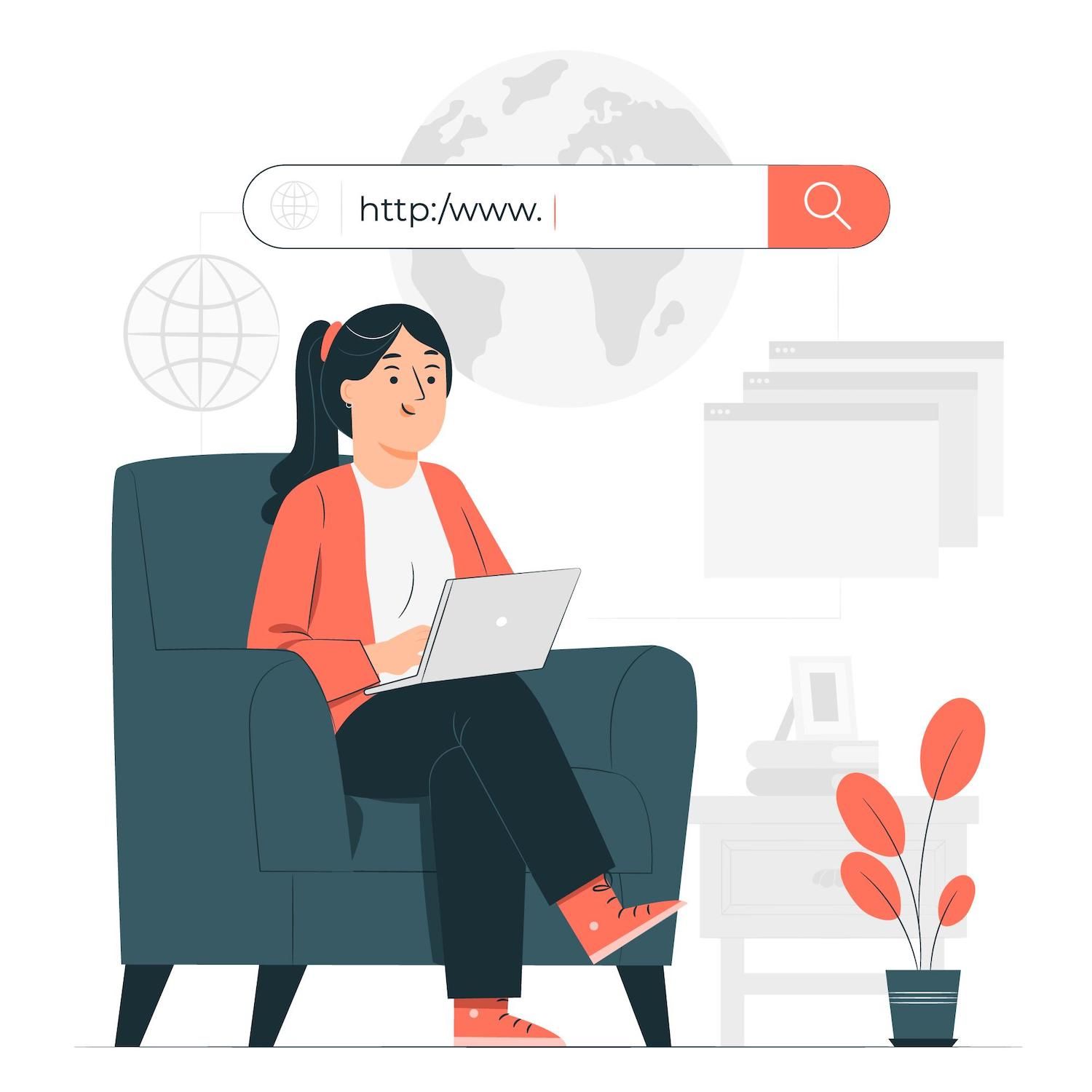
3. Conversion
When a person purchases online, or make purchases in stores, they've "converted" into a customers. An omnichannel customer experience will ensure that they feel appreciated and known. It could involve email and push notifications or other opportunities to shop in store in the case of an actual store.
4. Retention
Not only does retention deliver a better ROI, but cultivating regular customers helps build brand loyalty -- and those who are loyal customers are your most loyal customers through their feedback and sharing their experiences with acquaintances and relatives about your services.
In this stage of the journey of a customer You should make use of your growing customer data to enhance your conversion process. It is possible to market your clients via email follow-up messages that include other recommendations for products or discounts that are relevant to their shopping history, ask them for an evaluation or feedback survey, offer loyalty programs, and give excellent customer service.
5. Loyalty
Satisfaction with the customer is what builds loyalty. You can't simply put it away and forget it.

Determine which advertising platforms are right for your omnichannel approach
If you're working with limited funds, you may want to pick the right marketing channels to concentrate on when you create your omnichannel marketing plan. Start with low-cost marketing methods, then expand into more costly advertising platforms when your budget increases.
It is the goal to create several touchpoints on various channels, delivering the same experience to customers.
Low-cost marketing strategies comprise:
Organic search
Use the information you collect from Google Analytics and other marketing tools to boost the effectiveness of your multichannel marketing strategies.
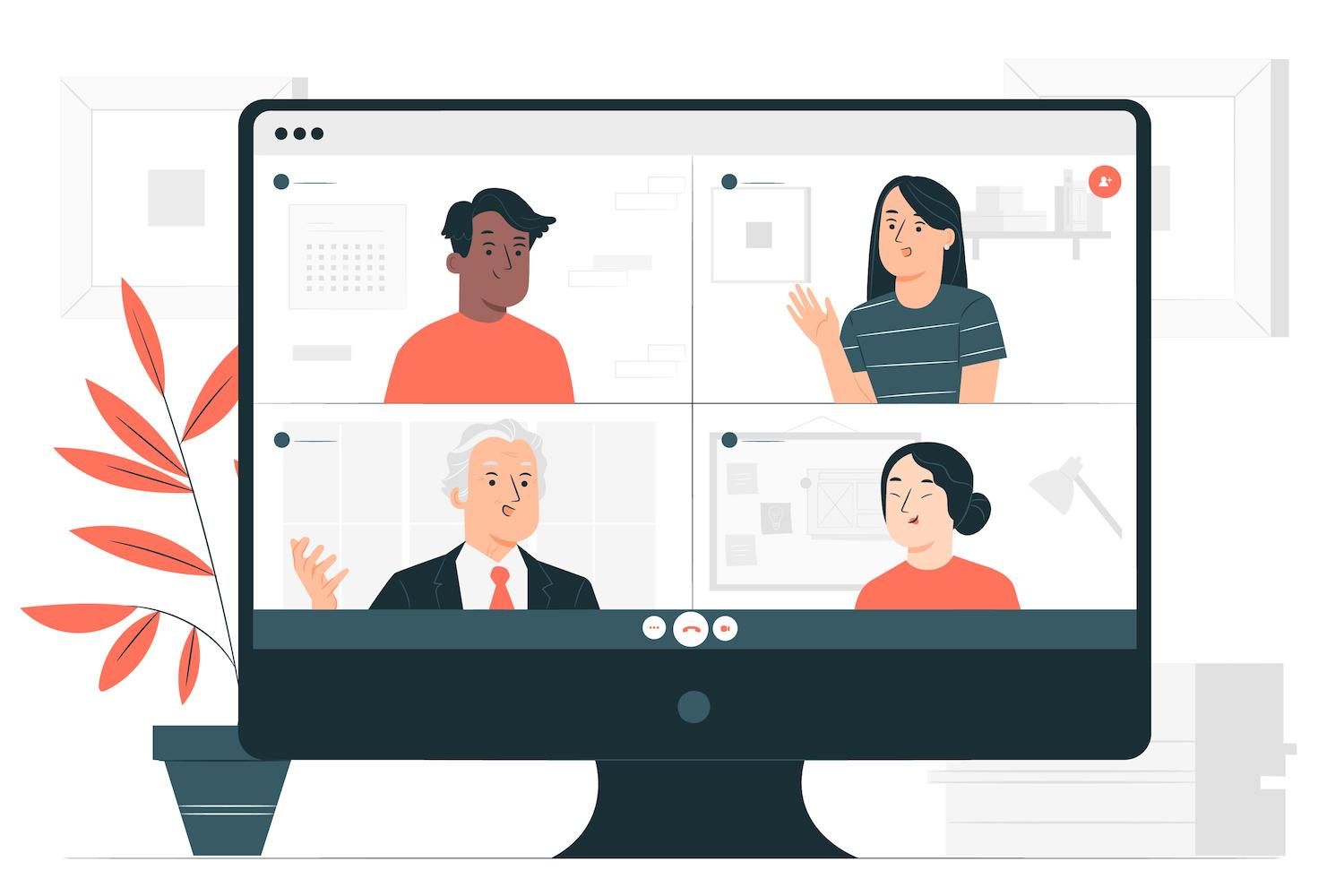
Google Shopping

Email marketing

Through services such as MailPoet which you can use to create a welcome series of emails to your new subscribers, offer recommendation for products based upon previous purchases, abandoned cart emails to people who left items in their carts sales announcements, and other Omnichannel marketing techniques.
Rewards program
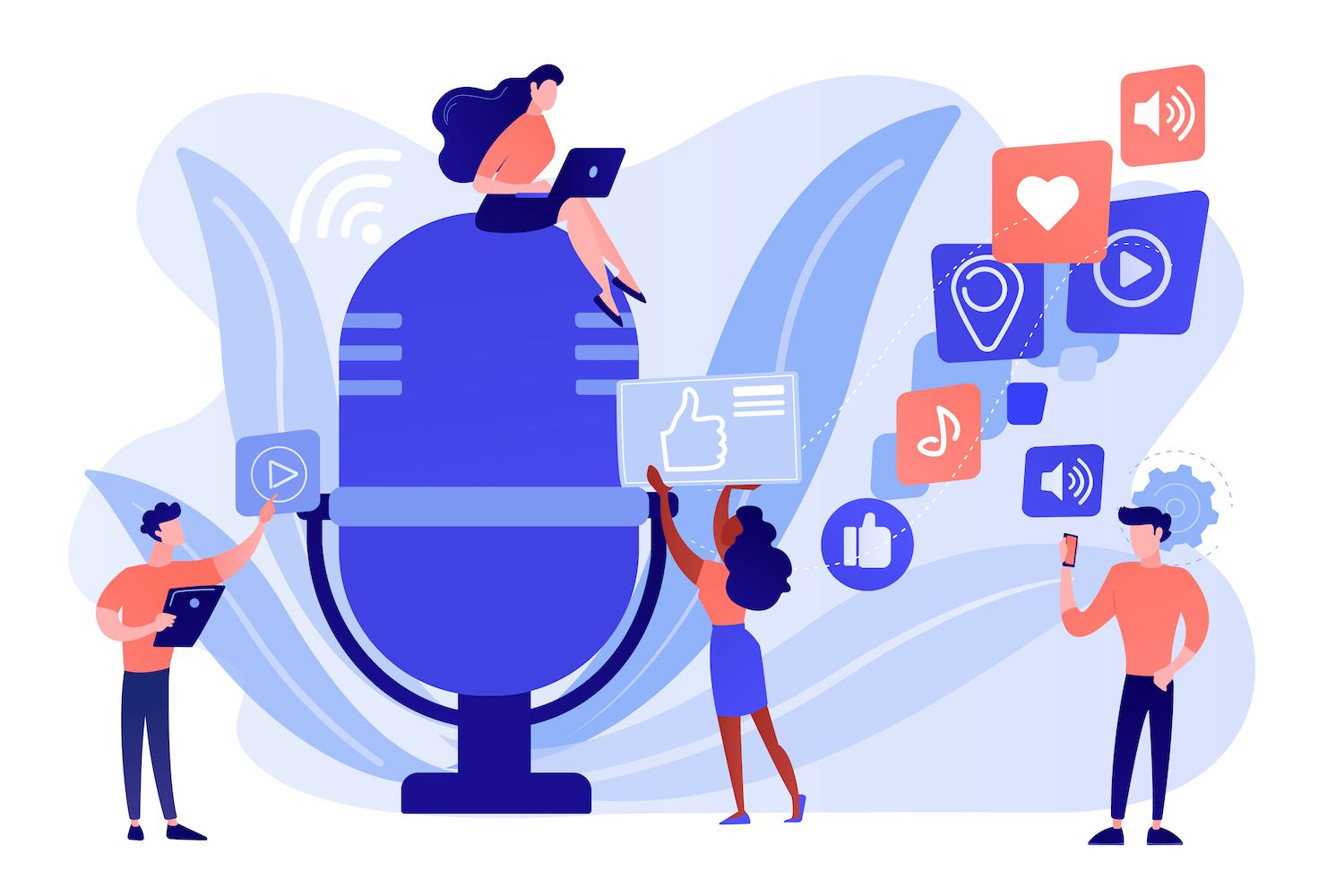
These customers can then receive an omnichannel marketing strategy that is specifically tailored to their needs regardless of different channels and across multiple devices. Imagine that a member of rewards seeing an ad on display that informs the user the number of points they've earned and offers suggestions on how to utilize their points. It's an example for the omnichannel experience.
Customer service
Each interaction with customers represents an opportunity for marketing. Instead of looking at the customer experience as just a matter of addressing issues and concerns take it in the context of the chance to develop an army of loyal customers.
Through an omnichannel approach to marketing, your customer service team can view the history of a client's engagement and purchases in addition to previous interactions with your team. If you utilize this to its fullest potential it will allow you to provide seamless customer service regardless of what customers' preferred method of service for customer service, including text messages, chatbots or phone or email, or in-store at a brick and mortar location.

Using a Customer Relationship Management (CRM) tool like Jetpack CRM helps facilitate customer service and make it easy. Set up an online support portal, monitor and manage tickets, and much more, from your store. You don't need to sign into a third-party CRM site for managing your customersYou can manage it by accessing your WordPress administration area.
Organic social media
It's not easy to attract attention from organic sources in social media when there are so many competing voices There are however several options to low-cost marketing that could be very efficient. You can:
- Start a Facebook Group for your business
- Post and interact often on your social media platforms
- Make an AMA post on Reddit using reddit's "Ask Me Anything" subreddit
Higher-cost marketing methods are:
Paid search
If you want to show higher than natural search results, or get immediate traffic, while improving your SEO, paid search ads are the method to take. It is also important to ensure that the landing page for your business is mobile-friendly, loads quickly and is consistent with the message of the ad's copy.
Through remarketing, paid search is an invaluable source of customer information that you can utilize in implementing your omnichannel marketing strategy.
Paid Google Shopping

Ads to display
Social media advertisements
Marketing to people who are on social media can be a fantastic method to attract new customers because they can directly share your ads with their circle of friends. It is possible to market through demographic information, perceptions of interests, customer preferences, or by uploading a customer email list to build a similar audience of people with similar profiles to your current customer base. Additionally, you could implement an omnichannel marketing approach on social media once you integrate these channels with your CRM.

Facebook for connects your store's catalog of products and Instagram. Facebook and Instagram to ensure a unified customer experience. It is also possible to purchase advertisements via your dashboard.
Video advertisements
Thanks to the rise of online platforms like YouTube as well as more cost-effective video production equipment and editing software, video ads don't necessarily have to be out the reach of small-sized businesses.
If you are planning to utilize videos as part of an omnichannel marketing strategy, make sure to create videos that you can use across a variety of platforms. Use clips to create blog, social media or product pages for maximum benefit from these marketing tools.
While the most popular advertising platform for video is YouTube, other options include:
- Platforms for social video, such as TikTok as well as Snapchat
- Services for live streaming video like Twitch and Vimeo
- On-demand video streaming services like Amazon Prime and Hulu
Print advertising
Based on your target audience and the products you offer, print advertising may be an excellent way to complement your marketing initiatives online as well as blend offline and online strategies for marketing. You could consider putting up an advertisement in a publication or mailing out a catalog, sending postcards with special deals, or using door-to-door marketing techniques like door hangers as well as product samples.

Similar to marketing via digital channels, you are able to measure the effectiveness on your offline and in-store campaigns. Omnichannel marketing relies on an ongoing flow of precise information about customers that is tailored to each customer.
Here are the key marketing tools for offline marketing collecting data and an experience that is omnichannel and in-store:
- QR codes with tracking links. You can create special tracking-enabled links for the QR code. Add these codes to the marketing material you print in order to track when a potential customer decides to use it in your shop, you'll be able to determine exactly which printed piece influenced this customer to go on a visit.
- Links to special landing pages. As a QR code alternative, you can create custom landing pages with distinct links. Include the URL in your printed ads. Make sure that you keep these URLs short since users have to type them in.
Create ad copy and artwork that can be used on different platforms
Omnichannel marketing is about being consistent and efficient. In addition, creating your videos, images and advertising copy with multiple uses with an eye to save costs on your creative assets It also allows for a a unified, branded customer experience for shoppers across all platforms.

Be sure to film photographs and videos designed to be used on multiple media platforms. Different platforms have different aspect ratios. Therefore, you'll have to shoot and edit videos and photos keeping this in mind. Common aspect ratios include:
- Horizontal 16:9
- Square 1:1
- Vertical: 4:5 and 2 3
- Full Portrait 9:16
Design your images and video in the highest quality possible and then export them in lower resolution versions.
Utilize and analyze your customers' information
Reviewing the performance of your omnichannel marketing campaigns across your various channels is essential. If an ad campaign is underperforming, you may need to alter it before investing money into the campaign. Analyzing your data can help you determine which ads are working as well and which aren't.
Google Analytics is probably the most extensive tool that tracks the activity of your site. You can look at the sources of referrals to determine the websites your users are coming from, get an understanding of the performance of search and display ad campaigns, and collect demographic data on your site customers.
In integrating the data into your CRM, all of your marketing channels can use it to deliver the same experience to your clients.
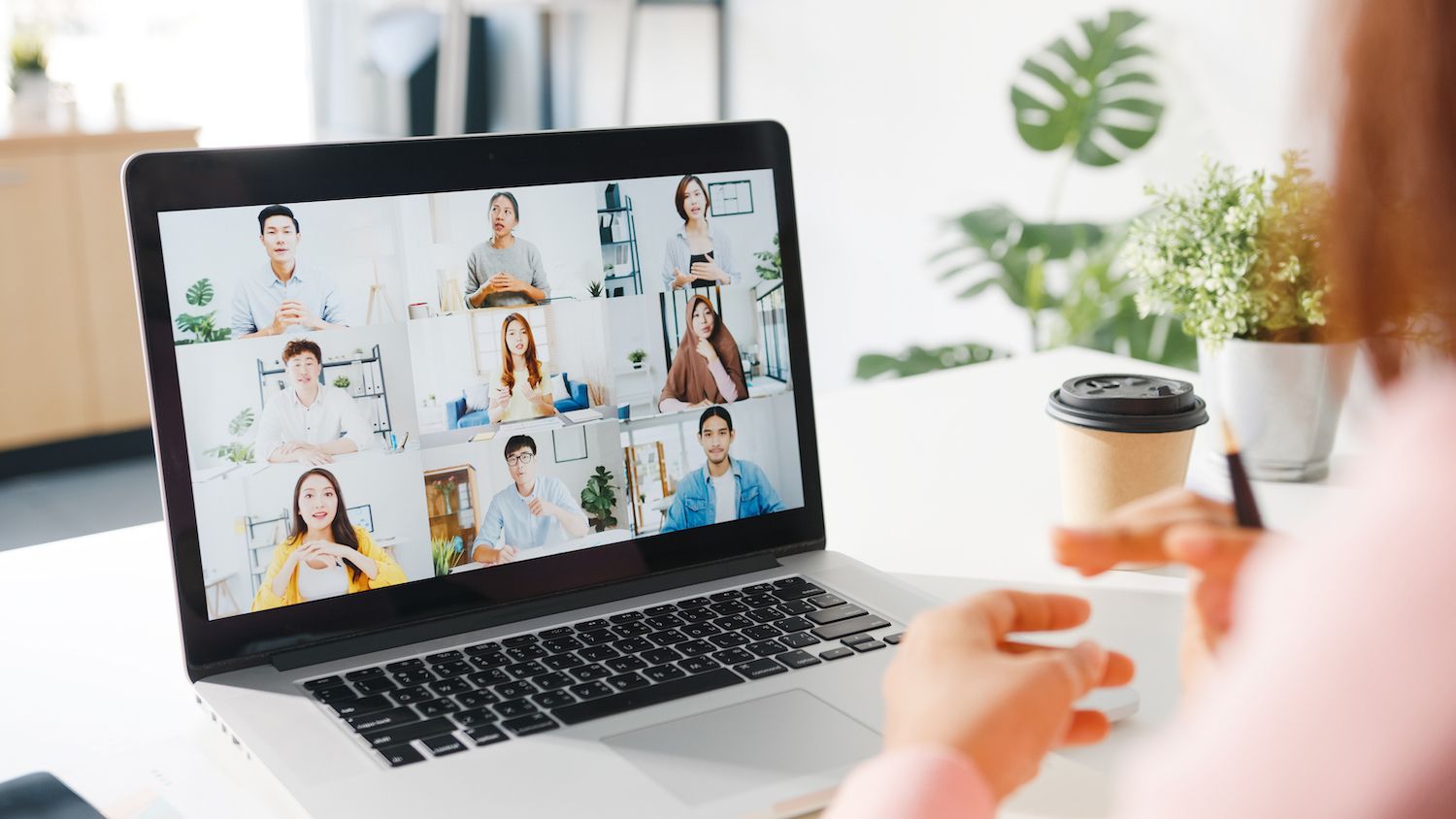
Give your marketing team the tools to succeed
With omnichannel marketing, your team will be able to increase their effectiveness by customizing campaigns based on consumer behavior.
And if you employ sales teams will be more successful in engaging with every customer in a unique way when they can see the information about the previous purchase and interactions, email messages and clicks, shares, reviews, and other customer details that result from the omnichannel experience.
Refresh your advertising strategy based on the Key Performance Indicators (KPIs)
After reviewing the performance of your multichannel marketing campaigns You can make changes to the strategy you are using. In the majority of companies, campaigns with small CPAs and high ROIs should be given additional ad spend and campaigns that have excessive CPAs and lower ROIs ought to be retired. But you may have other metrics of performance that are crucial for your organization.
If you're running advertisements that do not result in direct sales, however they frequently are associated with higher organic traffic to search engines or leads, it may mean that ads are very successful in connecting with customers in early stage of their customer journey.

Test turning certain low-performing advertisements off and on for a period of time in order to determine if they have an impact on other metrics.
In relation to loyalty and customer retention campaigns, if you notice that fewer customers are taking benefit of the rewards points they earn or haven't redeemed specific coupons, you may want to think about tweaking the offer or adjusting the number of points needed to redeem. Just because one strategy within your omnichannel marketing campaign currently underperforming doesn't mean that it isn't able to be upgraded in order to increase revenue for your company.
Keep an eye on your business's growth.
If you are strategic when selecting the right marketing platform and automation tools, creating evergreen and adaptable creative assets and constantly reviewing and adjusting your multichannel marketing plan according to your performance, you'll be able to see your revenue grow.
Just like any other thing worth doing, it will take time to optimize. By starting out with just one or two channels of marketing, and growing from there based the results of your previous efforts, you'll be able to develop solid long-term omnichannel marketing strategies which will generate income to your business.
